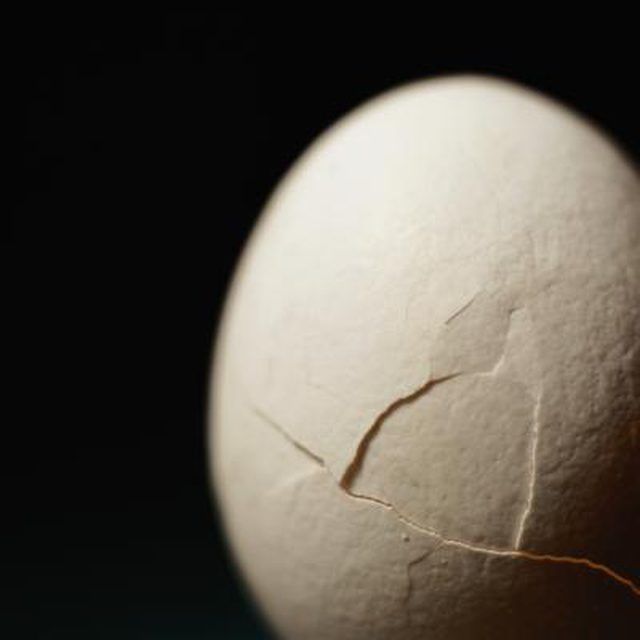Bulbs
Flower Basics
Flower Beds & Specialty Gardens
Flower Garden
Garden Furniture
Garden Gnomes
Garden Seeds
Garden Sheds
Garden Statues
Garden Tools & Supplies
Gardening Basics
Green & Organic
Groundcovers & Vines
Growing Annuals
Growing Basil
Growing Beans
Growing Berries
Growing Blueberries
Growing Cactus
Growing Corn
Growing Cotton
Growing Edibles
Growing Flowers
Growing Garlic
Growing Grapes
Growing Grass
Growing Herbs
Growing Jasmine
Growing Mint
Growing Mushrooms
Orchids
Growing Peanuts
Growing Perennials
Growing Plants
Growing Rosemary
Growing Roses
Growing Strawberries
Growing Sunflowers
Growing Thyme
Growing Tomatoes
Growing Tulips
Growing Vegetables
Herb Basics
Herb Garden
Indoor Growing
Landscaping Basics
Landscaping Patios
Landscaping Plants
Landscaping Shrubs
Landscaping Trees
Landscaping Walks & Pathways
Lawn Basics
Lawn Maintenance
Lawn Mowers
Lawn Ornaments
Lawn Planting
Lawn Tools
Outdoor Growing
Overall Landscape Planning
Pests, Weeds & Problems
Plant Basics
Rock Garden
Rose Garden
Shrubs
Soil
Specialty Gardens
Trees
Vegetable Garden
Yard Maintenance
How to Make Plant Food
How to Make Plant Food. Making plant food is simple and easy to do from simple items found around the house. These can be a much cheaper, chemical free and ecofriendly way of feeding your plants than the harsh synthetic fertilizers found in the garden-supply section.

Making plant food is simple and easy to do from simple items found around the house. These can be a much cheaper, chemical free and ecofriendly way of feeding your plants than the harsh synthetic fertilizers found in the garden-supply section.
Things You'll Need
Gelatin
Eggshells
Ammonia
Wood ash
Coffee grounds
Add one envelope of gelatin powder to 1 cup of boiling water. Gelatin can provide plants with needed nitrogen. Once the gelatin is completely dissolved add it to 3 cups of cold water. Mix well and pour onto plants.
Rinse the eggshells and place them in a water pitcher as you use them. Add water and let the eggshells soak in the water. Use the mixture to water plants. Keep adding shells and water plants as needed. Eggshell are a source of calcium.
Mix 1/4 cup of ammonia in a gallon of water for plants that thrive on alkaline soil. Place the mixture in a watering can and sprinkle it over the plants. This shouldn't be done often because it will become too alkaline for the plant. Another alternative for these types of plants is to sprinkle wood ashes from natural, chemical-free wood onto the soil in the spring time.
Sprinkle used coffee grounds around plants that thrive on acid. Coffee grounds have also been shown to inhibit fungal diseases on some vegetable crops including spinach, beans, cucumbers and tomatoes.
Tips & Warnings
Research which plants are acidic and alkaline loving before using the ash, ammonia and coffee-ground methods.